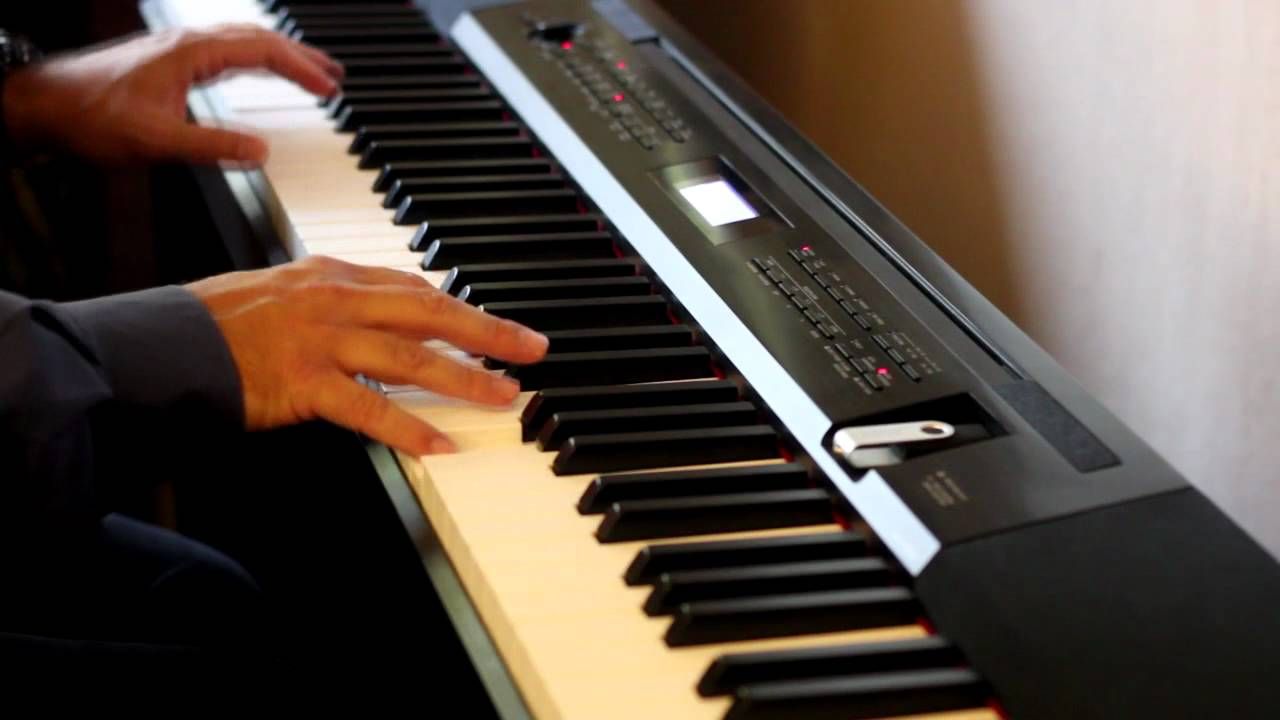Casio PX-350 Keyboard Review

Marketed as a 'stage piano' & with its' editable patterns & arranger functions, Casios' Privia PX-350 seemed to offer solo keyboardist/performers almost everything they needed in a light & portable instrument - but it didn't quite live up to expectations.
It has since been replaced with the Privia PX-360 & its' more expensive sibling, the PX-560.
Generally - not a bad all round keyboard - but 'keyboard' is more appropriate than 'piano' as a description.
The key action is impressive (feels just like a grand piano) - but unfortunately it doesn't sound like one.
Casios' previous 'Privia' offerings (like the PX-410r for example) filled me with high expectations, but I must admit to being very disappointed with the 'piano voices' on this model!
The 'acoustic piano sounds' all seem to be derived from just one (rather dull) piano sample, which gets 'very thin' towards the top of the key range.
Don't get me wrong - as a 'keyboard' it sounds good, but with the AIR sound source, Casio seem to have placed polyphony above sound quality - hence a noticeable regression in clarity compared to earlier Privias which had the previous (in my view superior) ZPI sound source.
The electric pianos & other 'non-piano sounds' are rather good though, but this being a 'stage piano' - it really fails to 'deliver' in the 'acoustic piano' department, as far as I'm concerned.
The stereo audio input should make it possible to easily monitor your mix (via the Casios' speakers onstage, especially if you have the mixer going through the Privia first & then into your PA amplifier) - but in practice it lacks the headroom of much cheaper Casios (like the CDP-230r & WK-7500 - both of which have clearer piano sounds) for this input to be really useful.
Registration memories allow you to recall complete song setups, which should make things easier (and quicker) - but unfortunately these registrations can't be named - which really limits their usefulness onstage.
Audio (wav file) recording is possible too, but again - the usefulness of this function is seriously limited by the fact that your 'wave file songs' cannot really be named &/or placed in your desired order .....a curious decision which renders this function as little more than a gimmick.
On a positive note, overall build quality is superb & the backlit display screen is easy to read in low light conditions.
Also the accompaniment keyboard chord tracking & timing is excellent - way better than the older Privia pianos mentioned.
For a keyboard player wanting to use the full range (88 keys) with or without rhythm accompaniment, it'll do the job very well, but if you are a 'pianist' expecting 'acceptable quality piano sounds' you would be well advised to look elsewhere - even entry level keyboards from some other manufacturers will give you far better acoustic piano sounds.
Because of the 'average quality' of the actual 'acoustic piano sound' on this instrument - it's not really (in my view) a 'stage piano' at all - it's a reasonably good quality 'keyboard' with 88 weighted keys.
